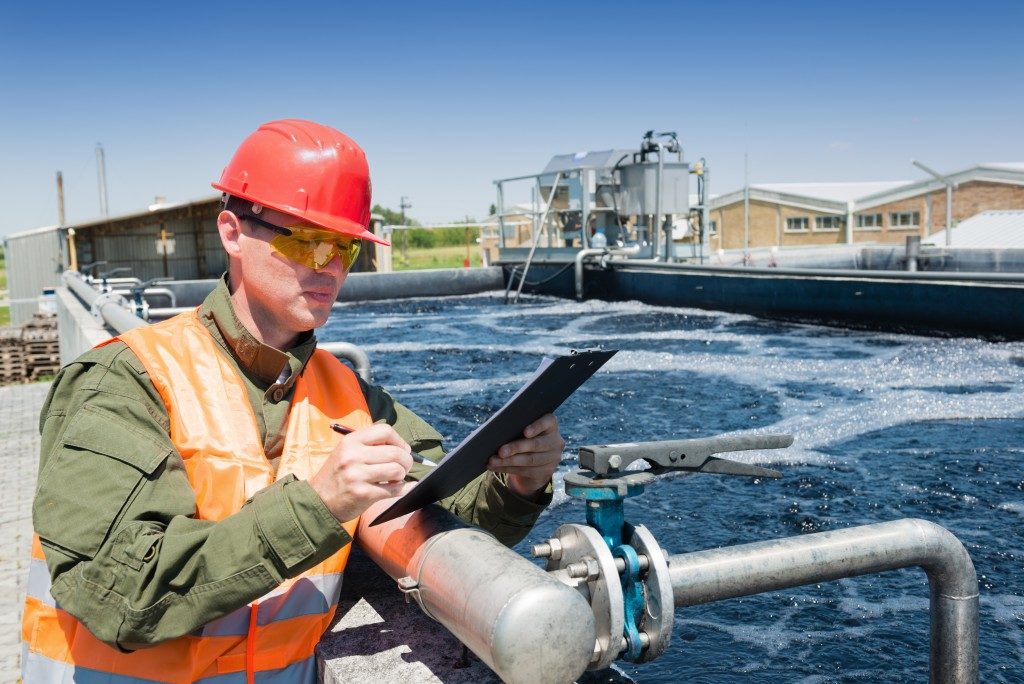No municipality can afford to overlook the importance of wastewater recycling. Millions of gallons of water are churned monthly from factories and commercial and residential properties as wastewater.
If this goes to waste, you can only visualize the amount of money going to waste and the environmental impact of your choice. Various techniques are currently used for large scale wastewater treatment including filtration, pH correction, disinfection, sludge drying, fluoridation, and sedimentation.
Aeration is, however, one of the currently leading choices for large scale wastewater treatment. Here, air will be added to your wastewater and will be used by the bacteria in it to break down the organic pollutants in the wastewater.
Moreover, the treatment process will avert the unpleasant odors and taste of wastewater by guaranteeing high oxygen concentrations and limit algae growth. The following are a few of the impurities which aeration will effectively remove from wastewater.
Carbon Dioxide
This gas is generated by the combustion of fossil fuels and as a byproduct of animal respiration. Surface water has low carbon dioxide amounts, but wastewater will contain excessive carbon dioxide ranging from 5-15mg/l compared to 2mg/l at most in surface water.
Excess carbon dioxide will increase your water’s acidity and promote the formation of carbonic acid which corrodes pipes. Moreover, it will react with the lime used in water softeners and increase the amount of water softener you will need.
Aeration will reduce the carbon dioxide in your wastewater through the sweeping action or physical scrubbing caused by the water’s turbulence.
Iron and Manganese
These minerals are found in rock and soils and will dissolve into your ground and wastewater as it percolates through the ground. Water with iron concentrations of over 0.3mg/l causes reddish-brown to yellow stains on your plumbing and a metallic taste in your water.
Manganese concentrations of more than 0.1mg/l cause black stains on your plumbing and laundry. Before aeration, water containing iron and manganese particles will first be filtered.
Methane
 This is a gas generally found in wastewater near natural gas deposits and from aquifers. The gas comes from the decomposition of organic matter and is explosive and highly flammable.
This is a gas generally found in wastewater near natural gas deposits and from aquifers. The gas comes from the decomposition of organic matter and is explosive and highly flammable.
When mixed with your drinking water, methane will make the water have a garlic-like taste. Fortunately, the gas is only partially soluble in water and thus easy to get rid of through water aeration.
Hydrogen Sulfide
This is a poisonous gas which has a rotten egg odor. The gas when present in your drinking water will alter the taste of your water, coffee, and tea. Moreover, it will corrode your pipes and water heaters.
Though the occasional disinfection of water wells will reduce the amount of hydrogen sulfide in your water, aeration is the choice method used for removing this gas from water. In aeration, the gas is removed from wastewater through the aerator’s turbulence which readily displaces it from your water.
The effects of different elements in your wastewater will significantly affect the health of the residents in your local area. With aeration, you can guarantee your wastewater is free of the above elements. As such you will supply the highest level of water purity for the residents in your local area.

